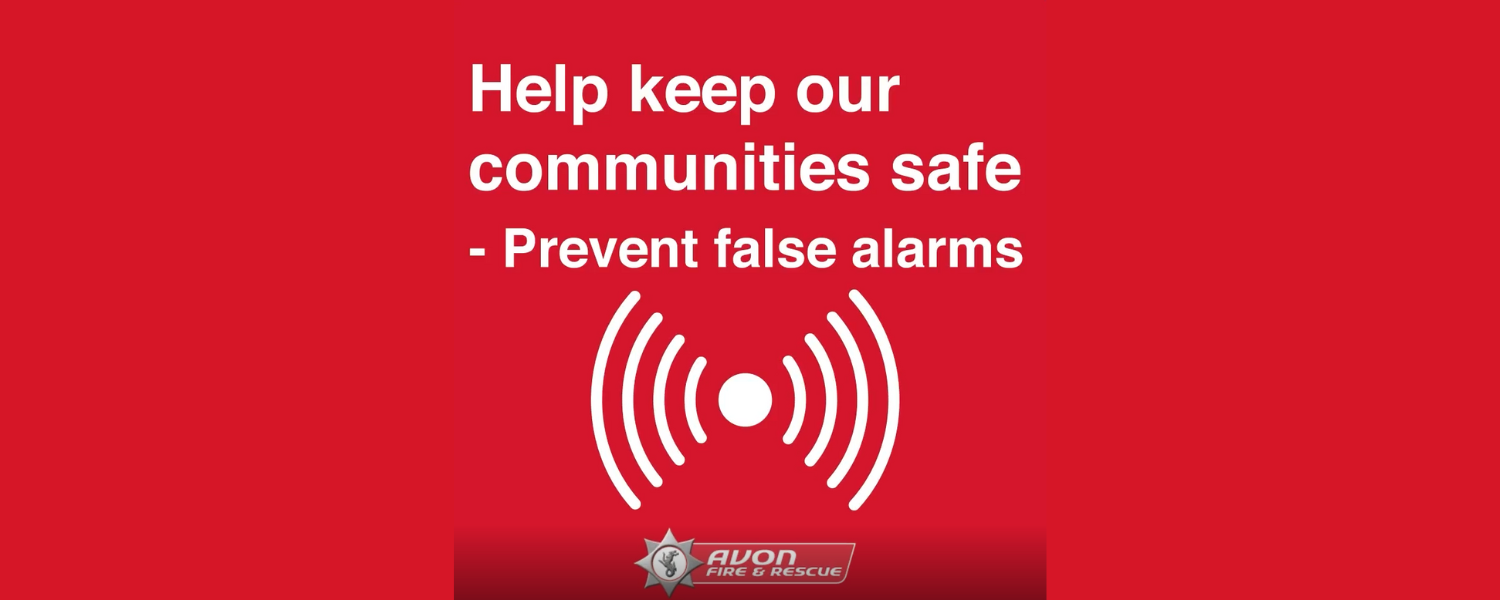In an emergency always call 999
In an emergency always call 999

Avon Fire & Rescue Service (AF&RS) is encouraging businesses, organisations and members of the public to take action in helping reduce the number of false alarms – also known as Unwanted Fire Signals – that continue to impact the local community and emergency services.
A false alarm occurs when a fire alarm system is activated, prompting a response from the fire service, but no fire or emergency is actually present. These false alarms can be caused by human error, faulty or poorly maintained equipment, or systems that aren’t compliant with current fire safety regulations.
Every time a fire crew is called out to a false alarm, it takes away valuable resources that may be urgently needed elsewhere. The impact of these incidents extends further than people might realise:
Everyone has a role to play in preventing false alarms and helping to keep our community safe. AF&RS recommends the following steps:
Avon Fire & Rescue Service is committed to helping local residents and businesses improve fire safety. Whether you’re looking for advice, training, or support in reducing false alarms, we’re here to help.
For more information and guidance